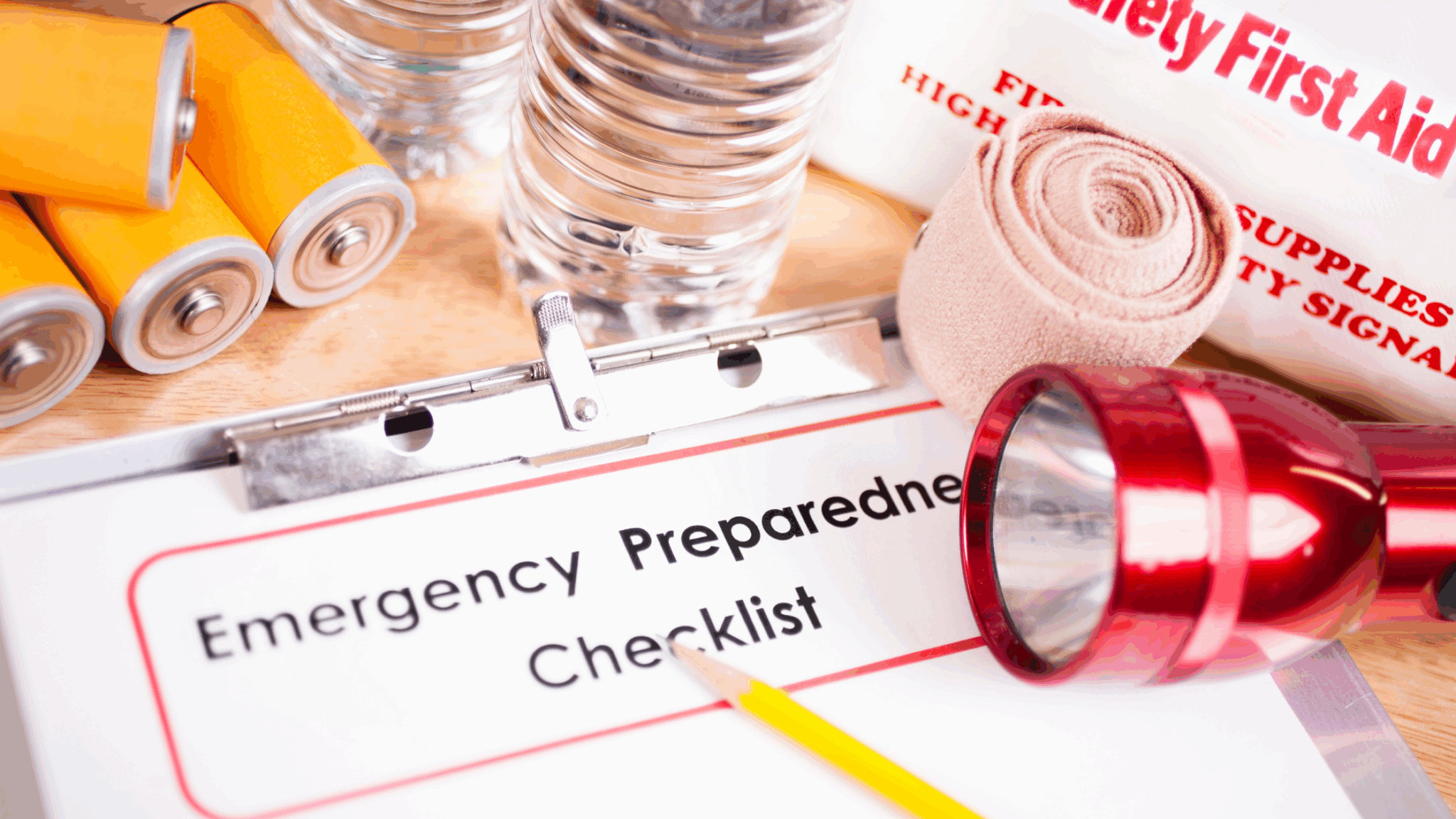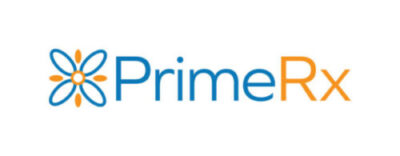Disaster Preparation – Ensure Your Pharmacy is Ready for the Unexpected

Introduction
It’s been 20 years since Hurricane Katrina slammed into the Gulf Coast of the United States, leaving a trail of chaos that extended from Louisiana to Mississippi to Alabama. While the destruction from that storm, which at its peak reached Category 5 intensity, has been well documented, smart officials are looking to use the lessons of Katrina to ensure readiness and proper precautions for future storms. This includes the impact the storm had on community pharmacies, and patients who were shut off from regular access to those pharmacies, and their needed medications.
A post-mortem compiled by the Centers for Disease Control (CDC) found that among Katrina evacuees who took shelter in San Antonio, TX, 68% were in need of prescription medications to treat chronic conditions. The director of MLK Health, a free clinic and pharmacy located about five hours northwest of New Orleans, recalled “a massive amount of people who were showing up and multiple shelters that were opening up.” Further, she noted, “they had no medications and no physicians…Their pharmacies were destroyed, along with the records and data.”
There have, of course, been many natural disasters since Katrina, including several “once in a century” weather events, wildfires, and earthquakes, to name a few. Each resulted in loss of life, devastating property and infrastructure destruction, and significant disruption to daily routines, including pharmacy operations.
For pharmacists, the time to prepare for a natural disaster should begin long before local weather reports suggest a storm may be headed their way. Disaster preparation should be an integral part of a pharmacy’s operating plan, a document that details how a pharmacy will respond if suddenly forced to stop operating, how patients will be serviced in the interim, and how records and pharmacy data will be protected.
Disaster Preparation Action List

The National Community Pharmacists Association (NCPA) has compiled a “disaster preparation action list” that offers several suggestions for helping pharmacies prepare for an unplanned event. Action list items include:
#1 Compile primary phone numbers
- State board of pharmacy
- Dispensing system vendor
- Fire and police departments
- Insurance agent/landlord
- Wholesalers and major suppliers
- DEA regional office
- Employees
- Utility companies
#2 Maintain current list of all vendors
- Mail and email addresses
- Phone and fax numbers, including help desk
- Complete representatives’ information, including after-hours phone numbers
- Phone/electric/cable/internet/computer
#3 Maintain important documents as hard copies and digitally
- State licenses/DEA license/pharmacist and tech licenses
- Diplomas
- Controlled substance inventories
- Copies of corporate charge cards
- Copies of bank account numbers
- Any other license or posted notice that would normally be required to be posted at your business site
- Insurance documents
#4 Enroll your pharmacy at Healthcare Ready, which notifies patients which pharmacies in their area are open during disasters.
#5 Ensure the ability to store an appropriate quantity of invoices/remit advices/contracts/etc.
# 6 Take photographs annually or after renovations
- Pharmacy department
- Front-end, DME
- Storage, basement
- Office space
- Clinical consultation space
- Robotics and other large equipment
#7 Create a “before” video and update the video annually or after major changes and renovations in the pharmacy.
#8 Back-up hard drives daily and maintain duplicate external hard drives.
#9 Full system backup (both POS and Rx)
- Business office computers
- Take home external drives and swap out each day to mitigate ransomware attack and other disasters
#10 Form a legal “cooperative agreement” with another pharmacy on an “in case of emergency” basis.
#11 Identify potential storage sites in case of emergency.
#12 Maintain a good rapport with business neighbors.
#13 Know your disaster response players, including insurance company representatives.
Several of the items on this NCPA checklist refer to technology. This underscores the critical role technology plays in today’s pharmacy operations, and the need to ensure its accessibility during a time of crisis. This includes the PrimeRx pharmacy management system, which prioritizes data security and protection, uninterrupted system access, and patient communication. Key PrimeRx options and capabilities include:
PrimeRx CLOUD
PrimeRx CLOUD is an innovative platform offered by PrimeRx that addresses pharmacists’ needs for flexibility and options.
- Access from anywhere. Pharmacists can access the system from any internet-enabled device with a browser installed. During an emergency, for example, pharmacy staff would be able to access the system from a remote location such as a shelter or temporary health clinic.
- Business continuity. PrimeRx Cloud offers the same workflow capabilities as the iconic PrimeRx system, but with the additional flexibility inherent to a cloud-based solution. With PrimeRx Cloud, pharmacies have access to all patient and business records, and the ability to function in less-than-optimal conditions.
- Data Security. PrimeRx CLOUD stores data off-site, in an encrypted form that is accessible only to authorized users. This provides peace of mind that regardless of any physical damage to a pharmacy, data will be protected in a secure data storage facility.
Communication
PrimeRx allows a pharmacy to keep the lines of communication open and provide patients with timely texts and emails.
- Proactive texts and emails to patients when a serious storm is in the forecast. Patients can be reminded to make preparations, including ensuring adequate supplies of all prescription medicines.
- Subsequent communications can advise patients if refills or reauthorizations are required and provide prompts for customer responses.
- Once prescriptions have been filled, customers can be alerted that orders are ready for pick up.
- Pharmacy pick up locations can be revised, so that a patient forced to relocate can retrieve a prescription at an alternate location.
Should a pharmacy have to close for an extended period, customers can be notified and provided information for emergency options for obtaining a refill. This can include information about RX Open, which helps patients identify open pharmacies in areas impacted by disaster. (Pharmacies should enroll as Rx Open participants, so their open/closed status can be included in storm updates.)
Several of the items on this NCPA checklist refer to technology. This underscores the critical role technology plays in today’s pharmacy operations, and the need to ensure its accessibility during a time of crisis. This includes the PrimeRx pharmacy management system, which prioritizes data security and protection, uninterrupted system access, and patient communication. Key PrimeRx options and capabilities include:
Data Security
The PrimeRx Remote Backup Service (RBS) protects pharmacy records and ensures that, should a disruption occur, all records and data will be protected. A few features of the RBS solution include:
Cloud-Based Storage
- RBS uses the Amazon Elastic Compute Cloud (Amazon EC2) for off-site data storage.
- All data generated from your server and PrimeRx pharmacy system are stored off-site and backed up regularly.
- An email notification is generated each time a backup is completed.
Customized Backup Schedule
- RBS can be configured to meet a pharmacy’s precise needs with options that include:
- Setting a backup schedule that does not conflict with hours of operation.
- Overnight backups.
- Weekend backups.
Seamless Transition to Backup Data
- Should a service disruption occur, the backup service will immediately kick in, with no disruption to pharmacy operations.
Recordkeeping
- Electronic records of all transactions are meticulously maintained, eliminating the risk of paperwork becoming misplaced or discarded during the frenzied period of storm preparation.
- Pharmaceutical inventory levels can be carefully monitored, so that additional supplies of popular drugs can be procured before an event becomes imminent.
Hurricane Katrina struck the Gulf Coast states during the final week of August in 2005. For the people who endured the enormity of the storm and worked to rebuild their lives and livelihoods in its aftermath, Katrina is a story of resiliency, community, and endurance. For others, the post-storm period has been a time to examine what went wrong, and to correct those weaknesses with far-reaching, targeted best practices.
As pharmacies consider the need to prioritize disaster preparedness, they can find comfort in knowing that technology-based solutions can keep their critical data safe, and help ensure continuity throughout any period of uncertainty.

